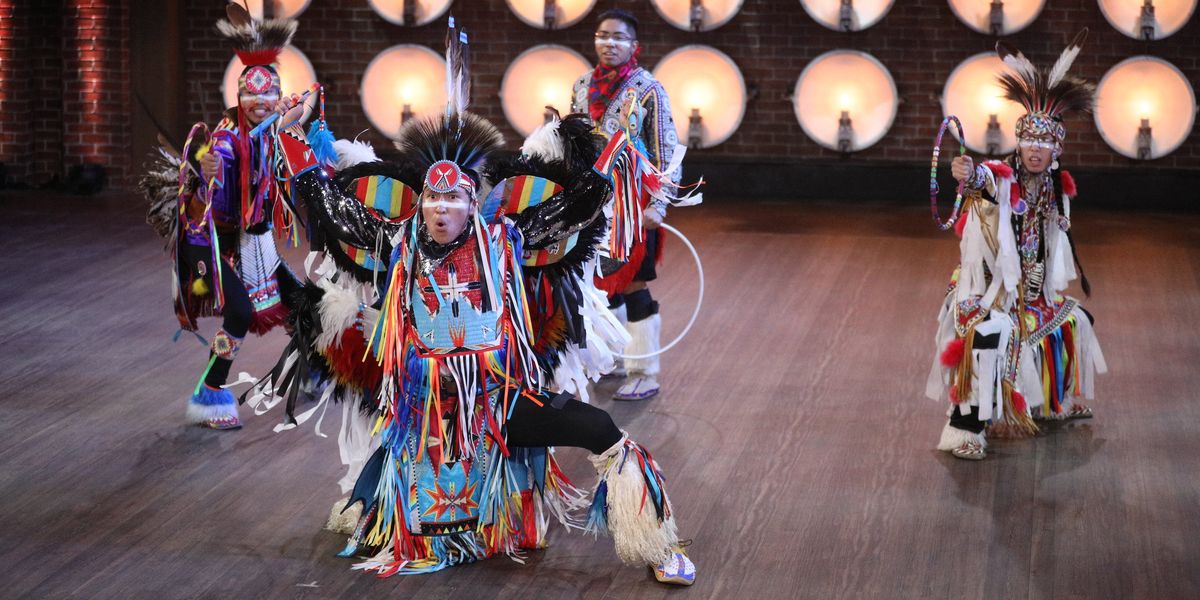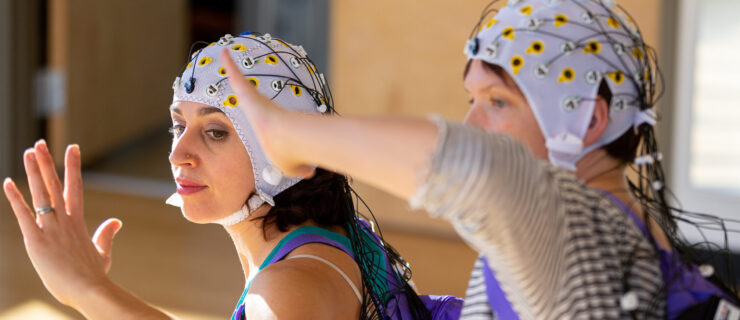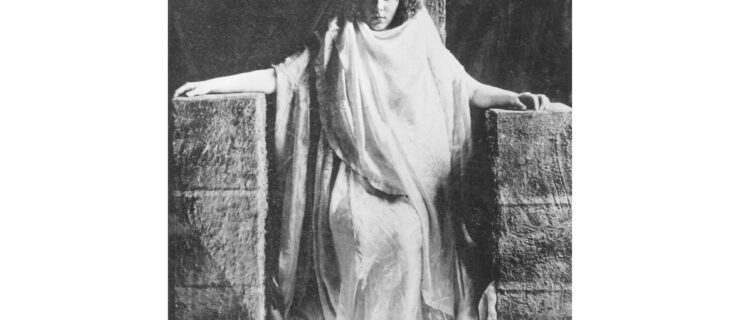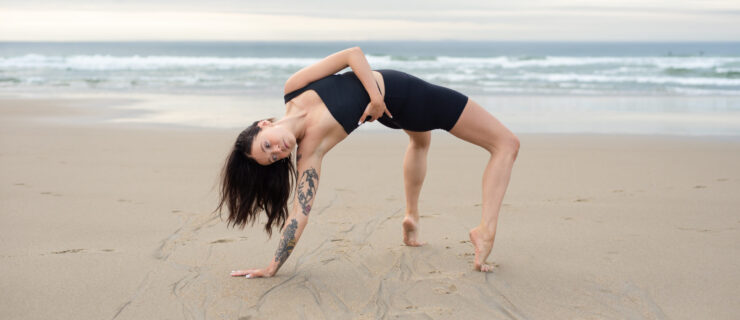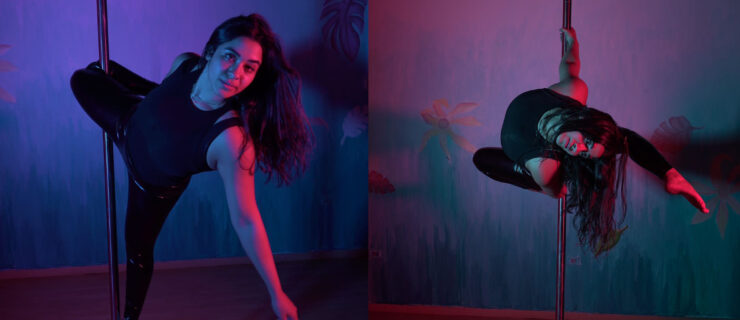Meet the First Native American Dance Group to Appear on "World of Dance"
Now in its fourth season, NBC’s “World of Dance” has showcased many types of dance. “They’ve had styles from Mexico, China, Africa, break dancers, salsa dancers,” says Kenneth Shirley, founder of Phoenix-based troupe Indigenous Enterprise.
But until last night, the show had neglected to feature America’s oldest homegrown dance traditions, those of Native American tribes.
“World of Dance” performances are short by nature, so in just one minute, choreographer Nathaniel Nez decided to showcase four dances seen at powwows: the fancy men’s war dance, men’s prairie chicken dance, men’s hoop dance and grass dance. “Our main mission was to expose the show to as much culture as possible and not just to do one style,” says Shirley.
Though the members of Indigenous Enterprise are Navajo, their dances reflect various tribes, including the Blackfeet Nation, Ponca Tribe and Omaha Tribe. “A lot of these dances, now in present time, are borrowed—especially as powwows became more popular,” says men’s prairie chicken dancer Ty LodgePole. “It’s more than okay for another tribe to be dancing it because a powwow is meant to be a social gathering to uplift everybody’s spirits.”
“World of Dance” producers discovered Indigenous Enterprise via Instagram after seeing a collaboration they’d done with The Black Eyed Peas’ Taboo, whose grandmother is a member of the Shoshone Tribe. They invited the troupe to audition for the show, where they mixed tradition and pop culture by performing powwow dances to Drake.
During filming in February, Shirley says that the importance of representing indigenous dance wasn’t lost on the camera crew and producers. “When we’d walk by,” he says, “they’d give us a little nudge and be like, ‘It’s about time that you guys are on the show. We’ve had four seasons and they’ve never had Native Americans. It’s about time they honor the first people of their land.’ ”
“Because we filmed in Los Angeles—that’s the Tongva people’s lands—it was only right that they included some indigenous culture,” says Shirley.
Though Indigenous Enterprise didn’t advance in the competition, their appearance was a win for authentic portrayals of Native Americans in popular culture, exposing many viewers to their dances for the first time. (Even Shirley remarked how surprised he was that judge Jennifer Lopez, whose career has taken her around the world, had never seen Native American dance.)
“I want people to see that we’re still alive and we’re passing on our culture,” says Shirley, who works with his fellow dancers to dispel stereotypes through educational performances at schools, festivals and events as far away as Australia. “Oftentimes we’re seen in the media and Hollywood with this picture of ‘cowboys and Indians’—those old movies where they paint us looking like savages with Clint Eastwood.”
“When we come out performing and dancing, it lets people know we’re real Native Americans and we have real cultures. All the dances we’re doing are from way, way before Christopher Columbus came to America.”
